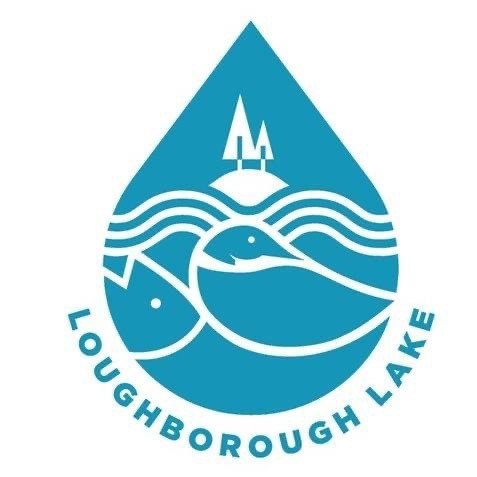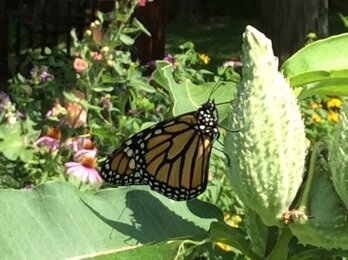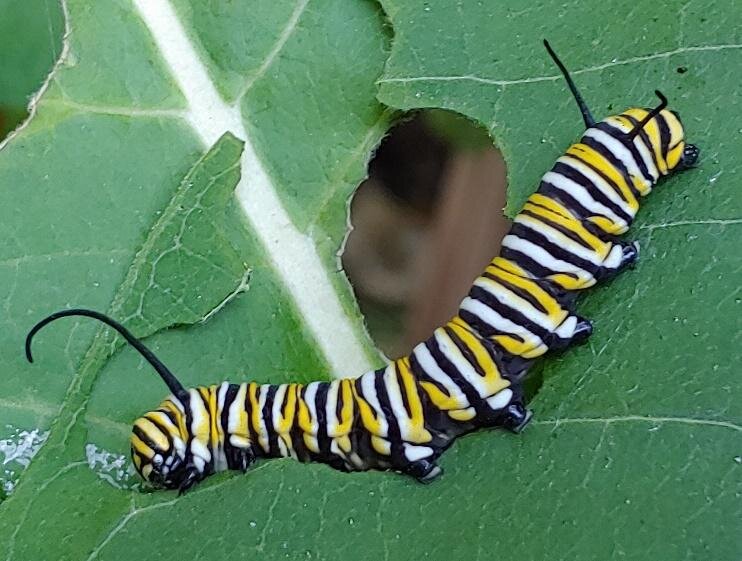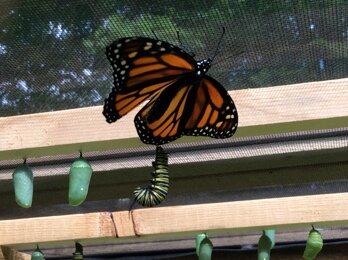The Butterfly Lady of Inverary
A year has passed since Susan Sutherland of Loughborough Lake, became affectionately known as 'The Butterfly Lady of Inverary', after word of her beautiful Monarch hatching habitats spread throughout the South Frontenac region. Her bountiful “Monarch mansions’ captured the attention of inquisitive neighbours and fellow conservationists across Ontario, after an article was published in the Frontenac News highlighting her preservation efforts. An increase in sightings of these miraculous orange and black butterflies has been reported around the lake, thanks to Susan and many others who have created pollinator-friendly gardens and safe egg hatching havens of their own. From July-Sept 2019, Susan impressively released 155 healthy monarchs, which lead to a vast following of inspired individuals along the Monarch’s migratory path into Mexico. Among the dozens of inquiries and requests to visit ‘The Butterfly Lady’s” home, included Loughborough Public school teachers and one teacher from as far away as Toronto, asking for more information and hoping to collect eggs, caterpillars and chrysalis for their classrooms. As a result, Susan created an educational outreach program with an interpretive slideshow and an interactive portable habitat for students to witness each stage of the butterfly’s life cycle up close.
Causes for Decline: Among the many environmental factors leading to the rapid decline in the Monarch’s population is deforestation and loss of their essential habitat, the use of herbicides and pesticides, an increase in extreme weather and natural disasters due to global warming and the dwindling supply of native milkweeds that are essential for their survival. A female Monarch will lay approximately 300-500 eggs during her two to six-week lifespan, but only one out of one hundred eggs are likely to hatch in the wilderness due to a high number of natural predators. Even then, only 10% of the tiny eggs that do emerge as caterpillars will survive to become adult butterflies, which emphasizes the importance of creating a protected area for the eggs to hatch like Susan’s enclosed habitats.
What are the Consequences of the Decline? Butterflies, along with other important pollinating insects such as bees, bats and birds are an essential part of the natural food chain. They help to create and sustain healthy ecosystems that are critical for human life on earth. Simply put, without pollinators, no life forms on earth will survive.
What Can I Do To Help? Local efforts to re-populate pollinators have increased, thanks to outreach programs like Susan’s; but many more people are required to join-in and start planting in order to make a difference for the butterflies and bees. Milkweeds and nectar plants are the essential food source for the Monarch Butterfly. These can be grown in even the smallest gardens and yards, in both urban and rural areas. Other ways to help include purchasing your own Monarch hatching kit, making bat and bee houses, stopping the use of harmful herbicides and pesticides in your gardens and yard and supporting wildlife organizations. To find out more, see “Six Ways to Save Monarchs” or visit the Canadian Wildlife Federation. The survival of these life-sustaining species is in our hands. Please help “spread the word of the wings” by raising awareness and creating your own butterfly garden.
Further Reading
1. Frontenac News Article, Aug 22, 2019 The Butterfly Lady, Frontenac News, August 2019. https://www.frontenacnews.ca/south-frontenac- news/item/13391-the-butterfly-lady-of-inverary
2. Monarch Watch https://www.monarchwatch.org




